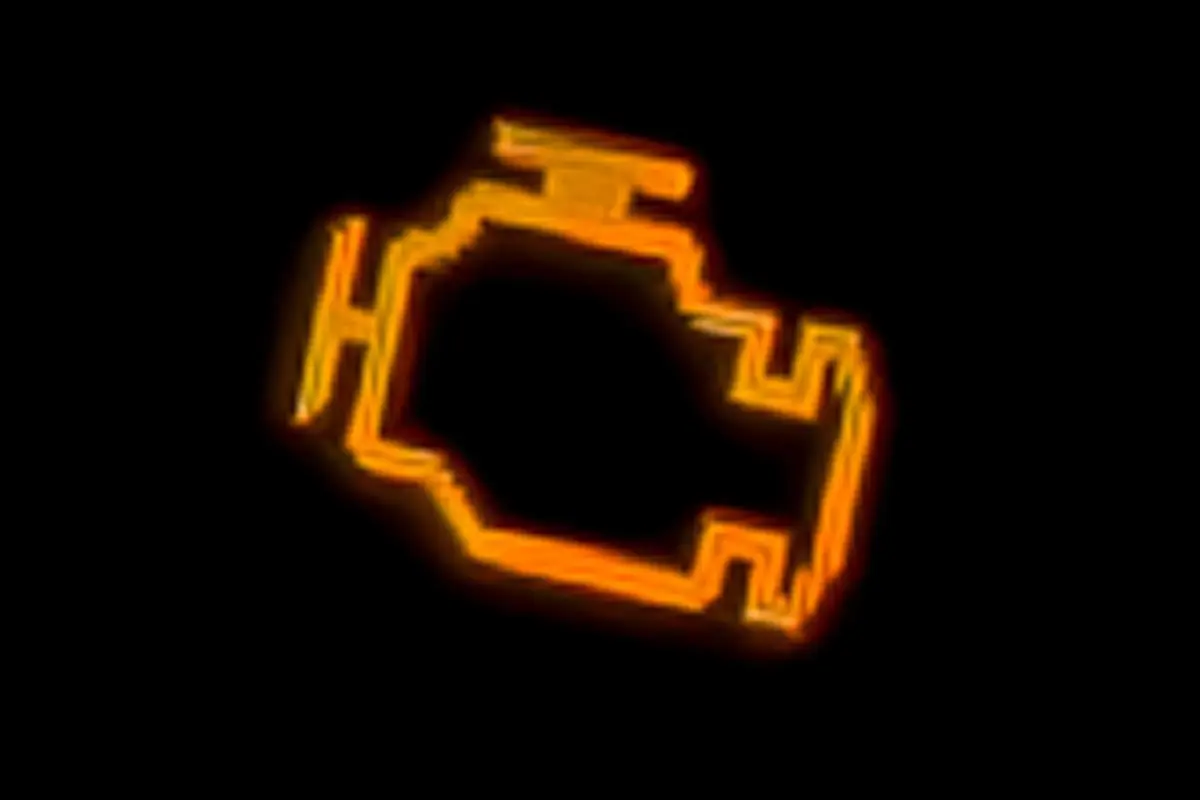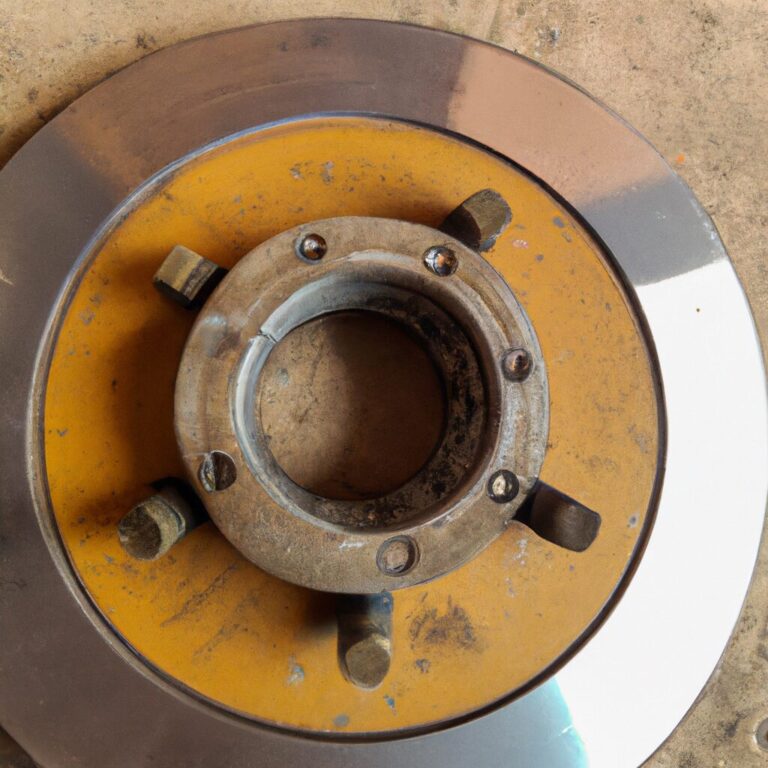Why Are Emission Control System Repair Costs High?
Emission control system repair costs are high due to the complexity and specialized nature of the components involved. The integration of advanced technology in modern vehicles has increased the intricacy of these systems, leading to higher repair expenses.
Maintaining and repairing emission control systems is crucial for addressing environmental concerns and complying with regulations. These systems are designed to minimize harmful emissions, and any malfunction can lead to pollution and legal consequences. Furthermore, the specialized equipment and expertise required to diagnose and repair these systems contribute to the overall high costs.
As a result, vehicle owners should prioritize regular maintenance and address any issues promptly to avoid more expensive repairs down the line.
Complexity Of Emission Control Systems
The complexity of emission control systems is a key factor contributing to the high repair costs associated with these crucial components of modern vehicles. These systems are designed to reduce harmful emissions and ensure compliance with environmental regulations, but their intricate nature makes them expensive to repair and maintain.
Sophisticated Components
Emission control systems consist of sophisticated components that are intricately designed and interconnected. These include catalytic converters, oxygen sensors, exhaust gas recirculation (EGR) valves, and various sensors and actuators that work together to monitor and adjust the vehicle’s emissions. The complexity of these components means that repairing or replacing them requires specialized knowledge and expertise, leading to higher repair costs.
Advanced Technology
The advanced technology utilized in emission control systems adds to the expense of repairs. These systems rely on complex computer algorithms and electronic control units to continuously monitor and adjust engine performance to minimize emissions. Ensuring that these advanced technological components function optimally requires specialized diagnostic tools and skilled technicians, driving up the overall repair costs.
Expensive Materials
One major factor contributing to the high costs of emission control system repairs is the use of expensive materials. Each component of the system is intricately designed with high-quality materials to ensure optimum performance and emission reduction. Let’s delve into the specifics.
Catalytic Converters
Catalytic converters are vital components in emission control systems. They contain precious metals such as platinum, palladium, and rhodium, which facilitate chemical reactions to convert harmful gases into less harmful emissions. Due to the high cost of these metals, catalytic converter replacements can be exceedingly expensive.
Oxygen Sensors
Oxygen sensors play a crucial role in monitoring the oxygen levels in the exhaust gases. They are constructed using advanced ceramic materials and sensitive electronic components to accurately measure the oxygen content. The precision and durability of these materials contribute to the high repair costs associated with oxygen sensors.
Specialized Tools And Equipment
The high costs associated with emission control system repair can often be attributed to the specialized tools and equipment required for the job. Mechanics need access to advanced diagnostic scanners and emission testers in order to accurately diagnose and repair issues with the system.
Diagnostic Scanners
Diagnostic scanners are essential tools used by mechanics to determine the root cause of emission control system problems. These scanners are connected to the vehicle’s onboard computer system, allowing them to retrieve error codes and other diagnostic information. By analyzing this data, mechanics can identify specific issues and make the necessary repairs.
Additionally, diagnostic scanners enable mechanics to perform live data monitoring, which provides real-time information on the performance of various engine components. This allows for more accurate diagnosis and ensures that all potential problems are addressed during the repair process.
Emission Testers
Emission testers are another specialized tool used by mechanics to evaluate the performance of a vehicle’s emission control system. These testers measure the levels of pollutants emitted by the vehicle, ensuring compliance with environmental regulations.
Emission testers provide valuable information about the efficiency of the system and can help identify any malfunctions or failures that may be causing excessive emissions. They are crucial in determining if a vehicle meets the required emission standards and for diagnosing and repairing any issues that may arise.
Furthermore, emission testers assist in performing accurate smog inspections, which are necessary for vehicle compliance in certain regions. These inspections typically involve measuring the emissions produced during specific driving conditions, and the results can directly impact a vehicle’s eligibility to be registered or sold.
Overall, the specialized tools and equipment used in emission control system repair contribute significantly to the high costs associated with this type of maintenance. However, these tools are crucial for accurate diagnosis and repairs, ensuring that vehicles operate within the necessary emission standards.

Credit: www.reddit.com
Labor Costs And Expertise
One significant factor contributing to the high costs of emission control system repairs is the skilled labor required for the job.
Skill Mechanics
Skilled mechanics are essential for diagnosing and repairing complex emission control system issues.
Time-consuming Repairs
Repairing emission control systems is often time-consuming due to the intricacies involved.
Stringent Regulations And Compliance
Stringent Regulations and Compliance: The high cost of emission control system repairs can be attributed to the enforcement of strict regulations and compliance standards. These regulations aim to reduce harmful emissions from vehicles, protecting the environment and public health.
Emission Testing Standards:
Vehicle emissions are subject to rigorous testing to ensure compliance with government-mandated standards. Testing evaluates the level of pollutants emitted by the vehicle, requiring precise equipment and skilled technicians.
Emission Control System Certification:
Manufacturers must adhere to stringent certification processes to ensure their vehicles meet emission control system requirements. Compliance with certification involves extensive testing and documentation, adding to the overall repair costs.

Credit: www.reddit.com

Credit: www.cars.com
Frequently Asked Questions Of Why Are Emission Control System Repair Costs High?
How Much Does It Cost To Repair The Emission Control System?
Repairing the emission control system can cost anywhere from $100 to $1,500, depending on the specific issue. Factors like the make and model of the vehicle, the severity of the problem, and the labor charges of the repair shop can affect the final cost.
How Do You Fix An Emissions Control System?
To fix an emissions control system, identify and replace faulty components, such as oxygen sensors or catalytic converters. Check for leaks in the system and repair or replace damaged parts. Ensure the engine is properly tuned and maintained for optimal performance.
Regularly inspect and maintain the system to prevent future issues.
Is It Safe To Drive With Emission System Problem?
Driving with an emission system problem can be unsafe and harm the environment. It may lead to decreased fuel efficiency and engine performance. Immediate inspection and repair are recommended to avoid further damage.
Why Car Repairs Have Become Expensive?
Car repairs have become expensive due to several factors. Auto parts prices have increased, labor costs are higher, and advanced technology in vehicles requires specialized training and equipment. Additionally, stricter regulations and safety standards have led to more complexity and time-consuming repairs, adding to the overall expense.
Conclusion
Emission control system repair costs can be high due to a variety of factors. Regular wear and tear, complex technology, specialized parts, and labor-intensive repairs contribute to the overall expense. It is essential to address emission issues promptly to prevent further damage and costly repairs.
Proper maintenance and preventative measures can help minimize these expenses in the long run. Understanding the reasons behind the high repair costs will enable vehicle owners to make informed decisions and prioritize emission control system maintenance.


